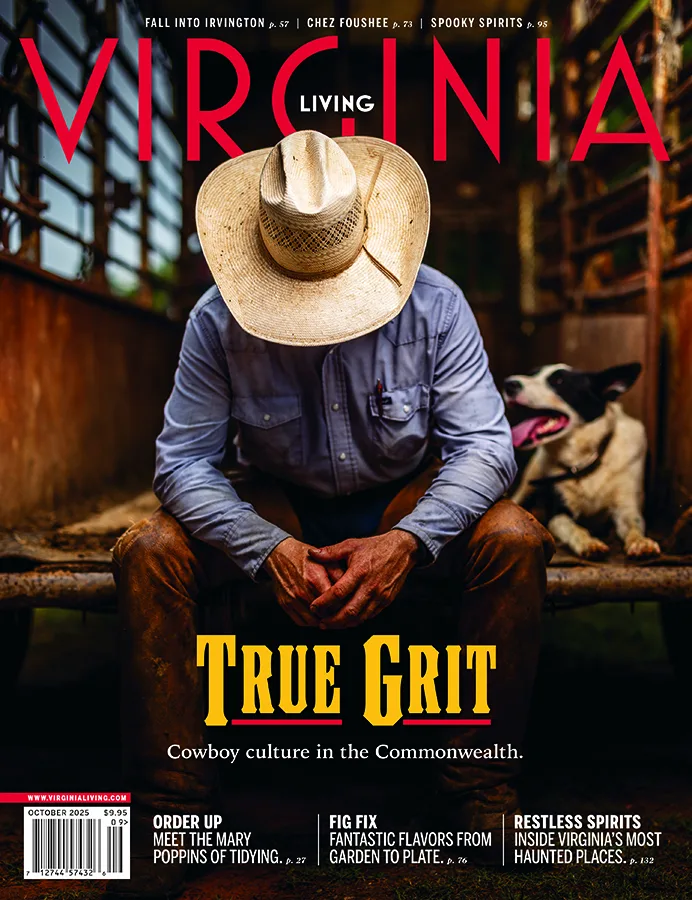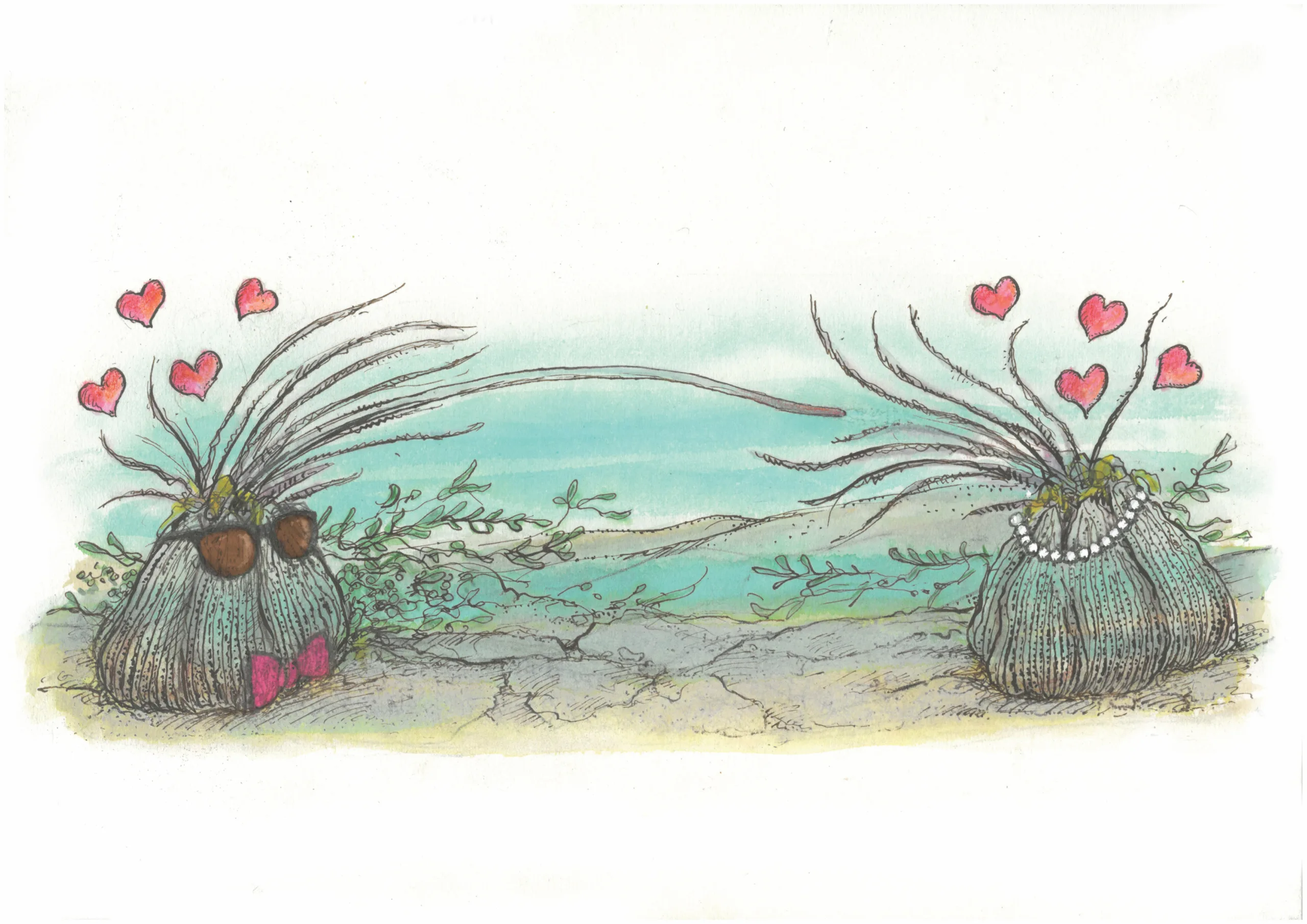Imagine spending your life standing on your head, waving your legs in the air to catch a passing meal. Such, more or less, is the fate of the barnacle. That grayish creature you’ll see adhered in crusty colonies to dock supports and bridge pilings and riprap breakwaters of Virginia’s saltwater shorelines, barnacles are both the bane of boat-owners and important contributors to the marine ecosystem.
The barnacles we speak of here, the most common in the Chesapeake Bay and Virginia shorelines, are known as “acorn” barnacles, explains Virginia Institute of Marine Science professor Jeff Shields. These barnacles all belong to the scientific order Balanus, which comes from the Greek word for “acorn,” which they sort of kind of resemble in their clingy adult form.
But they begin their lives as tiny, translucent, free-swimming larvae hanging out with the plankton. While short, this stage of their lives is fraught with eat-or-be-eaten peril, and not a few end up as essentially marine DoorDash, gobbled up as they pass through several molts on their journey to barnacle maturity. If they manage to swim this harrowing gauntlet with success, then following the final molt a barnacle at last looks for a nice place to settle down and someday start a family.
“It settles upside down, glues its head onto the substrate, and metamorphoses into a juvenile,” says Shields. And this glue, notes a feature from the National Oceanic and Atmospheric Administration (NOAA), “is among the most powerful natural glues known—this glue is so strong that researchers are trying to figure out how it can be used commercially.”
The neighborhood where barnacles prefer to live is the intertidal zone, washed by the rise and fall of the tides. It is an area, says Shields, “where there is a lot of intense competition from mussels and limpets.” Therefore, to gain a competitive advantage, he explains, “one of the adaptations barnacles have is swarming.” In short, the barnacles settle all at once and in very large numbers, “which allows them to overcome the competitors,” says Shields.
It is this swarming adaptation, along with their tenacious stickiness, that has given barnacles another common name—“crusty foulers”—for the trouble they cause for sea-going vessels. According to NOAA, “The U.S. Navy estimates that heavy barnacle growth on ships increases weight and drag by as much as 60 percent, resulting in as much as a 40 percent increase in fuel consumption.”
With their hard outer shell and stationary habits, barnacles might appear to belong among the mollusks like oysters and claims. In fact, however, they are crustaceans more closely related to crabs or shrimp. The shell they build around themselves protects the soft inner body, and closes up to retain moisture when the barnacle is exposed to air. To feed, the shell opens and the barnacle unfurls feathery legs to filter primarily plankton from the water. And though it does seem like a lot of work to make a meal of a barnacle, they are consumed by crabs, whelks and sea stars. Thus as feeders and as food, they play their important part in the web of marine life.
But how do barnacles make more barnacles? My friends, we now arrive at the part of the barnacle story that really ought to come delivered in a plain brown wrapper.
Acorn barnacles are hermaphroditic, having both male and female reproductive organs, but they must mate with a fellow barnacle to reproduce. This would seem to present something of a challenge for a crustacean stuck in one place—how you gonna get down if you can’t get around?
And this is where nature, that genius of solutions-oriented design, got creative. “Because barnacles are cemented in place, they have to have special adaptations for mating,” explains Shields. “They retain their eggs in a sac, and they have a really long penis—like eight times their body length. It can go outside the body and probe around and find another barnacle nearby.”
That’s sober scientist talk for an appendage that exteeeeeeeeends to a length and a remarkable degree of motivated dexterity that lands it somewhere at a midpoint between premium cable and a horror film. Think elephant’s trunk, but if the trunk was multiple times the length of the elephant. It’s like the next-door neighbor dropping by for a booty call without ever leaving his house. Add a thumping soundtrack and even David Attenborough would have been hard-pressed to give the video footage enough gravitas to get it past the MPAA ratings board.
Bet you’ll never be able to look at a boring old barnacle now in quite the same way.
Featured illustration by John Holder. This article originally appeared in the August 2025 issue.









